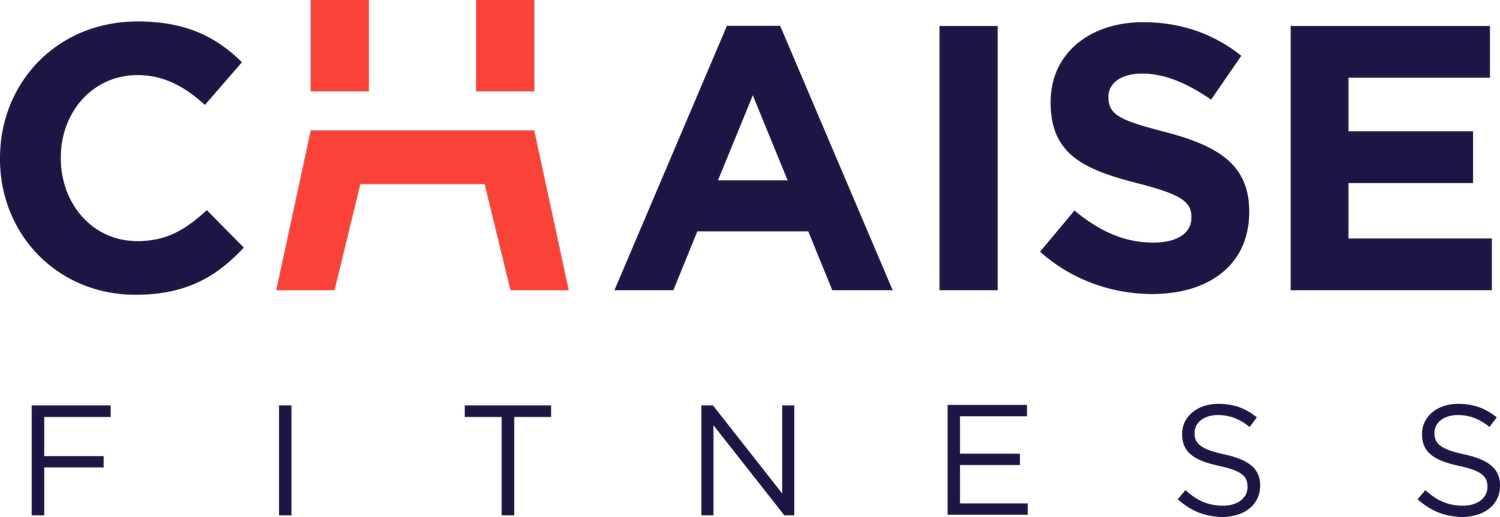Pilates Powerhouse
The powerhouse of Pilates is the principle of centering. Pilates is a comprehensive body conditioning method that focuses on harmony between the mind, body, and spirit. Happiness is achieved through six key principles: control, concentration, centering, breath, precision, and flow. The principal of centering refers to the concept that all human body movements emanate from the core. Strengthening the powerhouse is accomplished from core stabilization. This is the main goal of Pilates. Pilates powerhouse posture is achieved through Pelvic posture, Spine lengthening, and Abdominopelvic tone.
Pelvic Posture
Pelvic Posture is the cornerstone to the structural integrity of the body skeleton. Linking the trunk and thighs, the pelvis is more than a structural bridge. The movement of the hip joints and lumbosacral joint rely on the optimum functioning of the pelvis. Muscles that attach the trunk to the pelvis go through the lumbosacral joint. A lateral pelvic tilt is when the pelvis shifts side to side, so much that one hip is higher than the other. This leads to unilateral muscle imbalances throughout the body and pain. The erector spinae muscle group often affects this tilt, but proper pelvic posture will resolve pain and stabilize the core.
1. Lie with your back on the floor in a neutral position with your legs bent and toes facing forward.
2. Pull your belly button in toward your spine, pushing your pelvis up toward the ceiling.
3. Tighten your gluteus and hip muscles as you tilt your pelvis forward for 5 seconds.
Spine Lengthening
Spine Lengthening pulls a person up to stand taller and decompress the nerves and blood vessels in the joints of the spine. Knee-to-chest stretches elongate your spine and reduce lower back pain.
1. Begin by lying with your back on the floor, knees bent and feet flat.
2. Using your hands, gently pull one knee in toward your chest.
3. Hold it in position for five seconds while pressing your spine to the floor.
4. Roll down and forward with the shoulders steady, not drawing up to the ears. Pull in the abdominals and articulate the spine. The movement should be fluid.
Abdominopelvic Tone
Abdominopelvic Tone develops by working the whole abdomen. The abdomen is not just an anterior muscle. The abdominopelvic muscles encompass the entire body wrapping 360 degrees around the frame. The abdomen has anterior, lateral, and posterior walls. The posterior abdomen is made up of the lower back muscles, and weakness in the anterior and lateral muscles will cause back pain. Core-strengthening exercise provide better range of motion in the hips and muscles neglected by prolonged sitting. All three muscle components must be strengthened and toned to benefit the abdominopelvic powerhouse.
Leg taps – this is a great core-strengthening exercise for improving abdominal and back stability. The goal of this exercise is to keep the back and abs strong and stable as the legs move.
Plank – this is the best exercise to strengthen your core and abdomen. It targets hips, lower back, and the abdomen, and it improves the body’s balance and posture.
Full roll down – this a good mobility exercise for the spine while the core is actively engaged to control the movement.
Side bend with leg lift – lastly, this is a perfect exercise for strengthening both the side body and lower back.
Conclusion
The Pilates method of body conditioning affects the powerhouse in three major ways: posterior tilt of the pelvis, lengthening the spine, and increasing tone of the abdominopelvic cavity.
Three Private Sessions for $250 a good place to start!
Visit us on the Upper East Side, NYC. Chaise Fitness Studio 1204 Lexington Avenue New York, New York 10028 https://chaise-fitness.squarespace.com/contact 212-744-6100
References
Chaitow, L., DeLany, J., 2002. Clinical Applications of Neuromuscular Techniques. The Lower Body, Vol. 2.
S Gallagher et al. 2000. The Joseph H. Pilates Archive Collection
B Liekens. 1997. The Pilates Studio Teacher Training Manual. Part I Basic/ Intermediate
D Neumann. 2002. Kinesiology of the Musculoskeletal System

